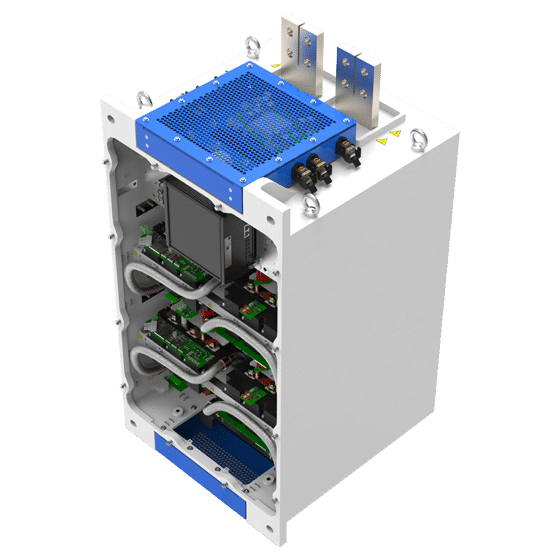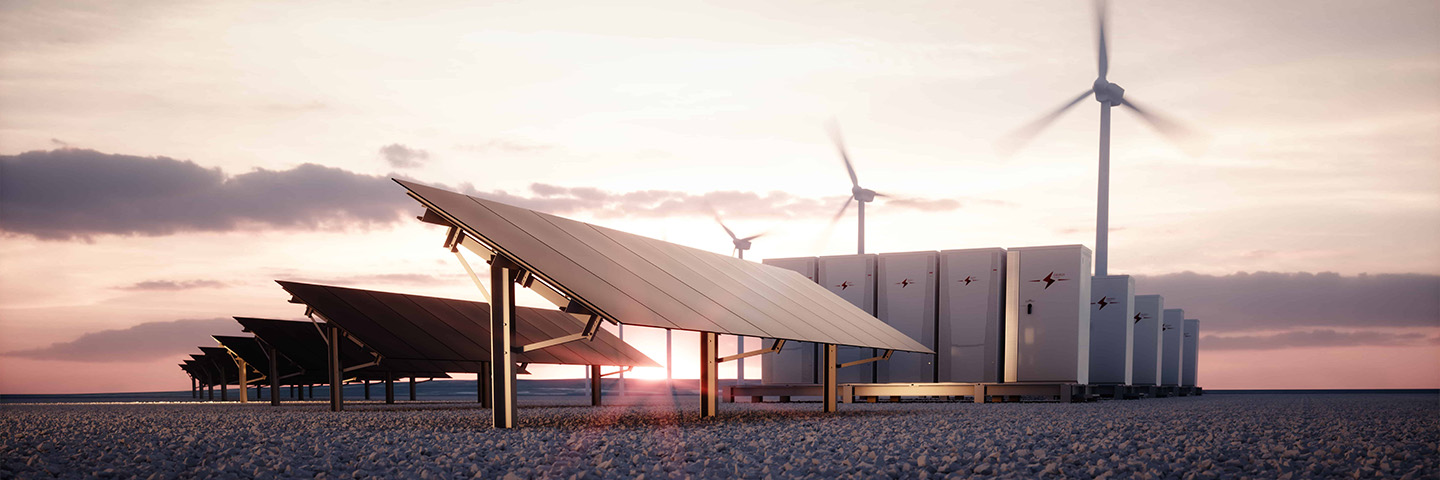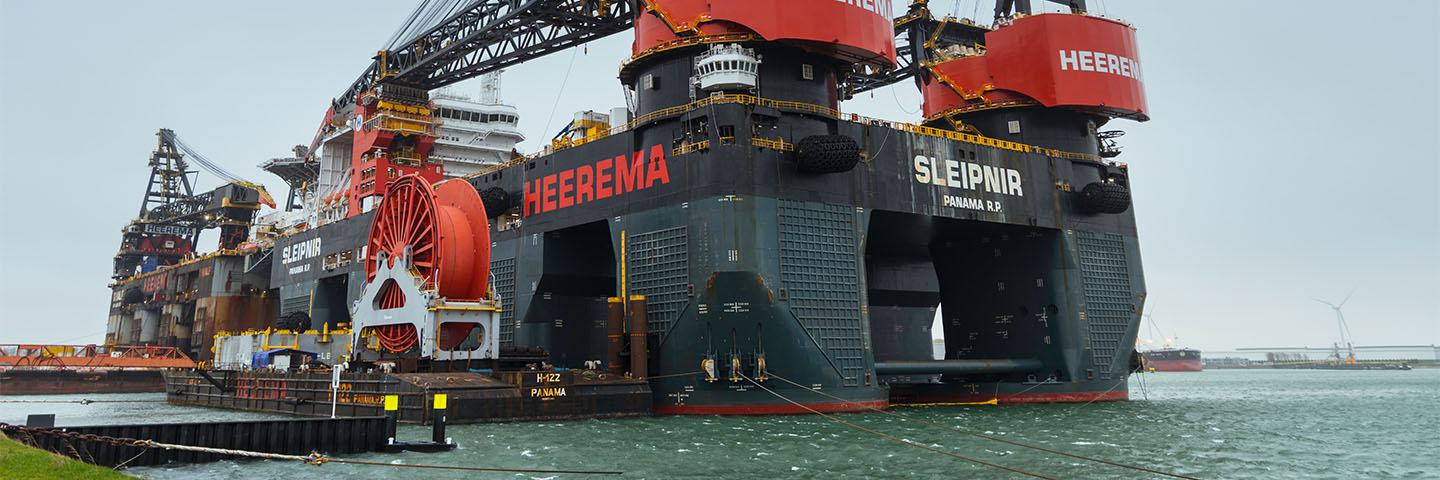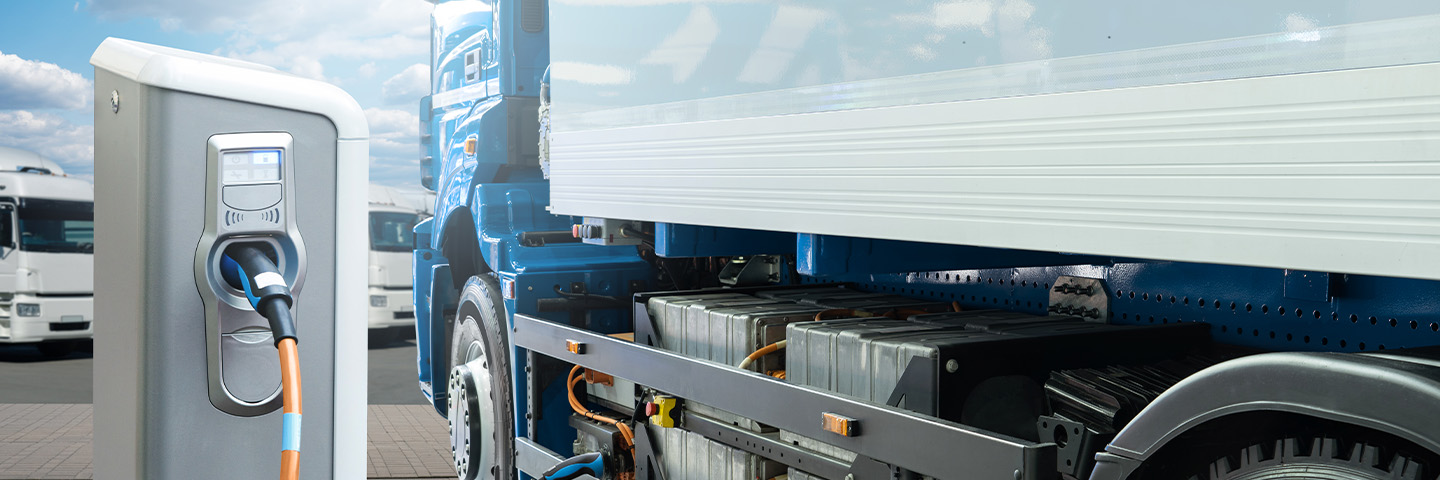The increasing potency of marine electrical power systems requires an up-to-date approach to fault protection
Modern power systems for marine and offshore applications are expanding in size and capability. Manufacturers of these systems face several challenges, some of the most important of which are high system power ratings, multibus interconnection to form closed-bus or ring systems, and handling high-capacity energy storage systems (ESS).
High-power systems
Due to bus, cabling and breaker capacity limitations, the traditional method of increasing a system’s power rating is to raise the system voltage (690V, 3.3kV, 6.6kV, 11kV and so on). The current trend is to interconnect more power capacity by adding power sources, for example running systems in parallel, while maintaining a lower system voltage. This is to some extent preferred over other options due to availability of power electronic drives and ESSs of the required capacity. In recent years, power systems that do not use transformers have become popular in marine applications, especially among shipowners and shipyards, due to their compact size and low weight. Space on ships is at a premium as it’s usually taken from payload or passenger space.
A significant challenge presented by these high-power systems is a high fault-level capacity (the maximum current that would flow in the event of a short-circuit). The availability of traditional DC circuit-breakers at 800-1,000V is very limited, in the range of 30-50kA (or greater at lower voltages), while potential system-fault levels are typically beyond 100kA. Therefore, without fuses or ultra-fast solid-state breakers, it is almost impossible to achieve the required short-circuit fault protection….
Continue reading about the ultra-fast solid-state breakers
Fill in the form below and receive the knowledge article in your mailbox.
More about our solid-state DC breaker
Learn more about how our solid-state DC breakers offer optimal protection for your DC grid. Or view all our available solid-state DC breakers in our product catalog.






